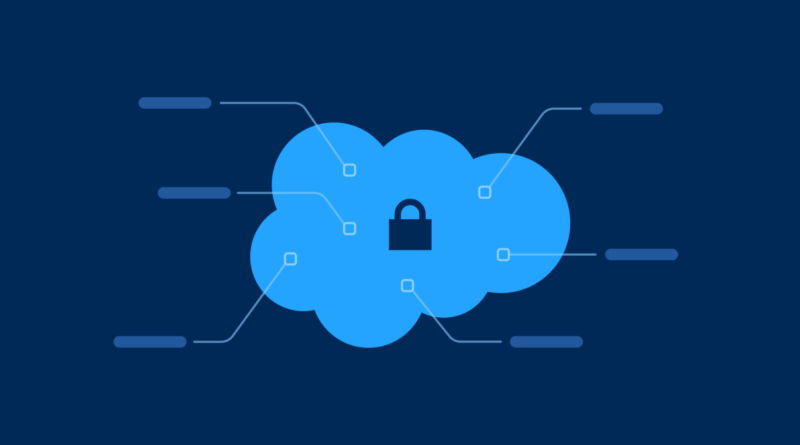The Advantages of Deception-Based Breach Software in Cybersecurity
In the time between an attack being detected and countermeasures being taken, attackers can exploit a company’s data and systems. Deception helps reduce the response gap by alerting security teams with high-fidelity, engagement-based alerts with contextual threat intelligence.
Unlike point products that analyze traffic and behavior, attempt database lookup, or require a lot of computation, deception solutions use decoys and traps that mimic natural systems.
Deception Detection
Whether it’s a worm on a fishing hook, a chunk of cheese hidden in a mouse trap, or the notes of an enticing siren song luring sailors to their doom, the concept is simple: deception technology baits attackers. By deploying irresistible decoy systems and assets throughout your network, deception technology entices attackers to engage, triggering high-fidelity alerts and giving security teams the time, insight, and context they need to detect and respond to ongoing attacks.
In contrast to point products that generate a high volume of false positives, deception technology enables security teams to quickly and accurately detect attacks in progress, eliminating alert fatigue and reducing the response gap. The best deception technology platforms are designed to support an ever-changing attack surface by deploying credentials, data files, mapped drives, and virtual machines on the network, endpoints, and specialized areas.
Additionally, unlike most behavior analysis solutions that use machine learning to flag anomalies from a normal baseline, deception technology establishes a zero-activity normal baseline. It provides detailed IOCs, which reduces the number of false positives. This also makes it easier for security teams to prioritize, filter, and triage alerts, enabling them to focus on the bad actors they need to stop. This approach allows you to synchronize security controls with your business risk model rather than having them dictate the risk for each area of the organization.
Deception Engagement
While traditional point security systems are excellent at detecting threats, the number of alerts they generate can be overwhelming. Many are false positives, causing IT teams to react when they don’t need to and failing to act when they do. In addition, deception-based breach software provides early detection and low false-positive alerts, so IT can hone in on the attack and quickly take action to stop it or gain additional intelligence from the attacker.
Deception lures cyber attackers away from your actual assets by populating the network with fake assets that mimic real servers and applications. As they engage with the shows, alerts are triggered, which enable security teams to track their movements, identify their tools and methods, and capture indicators of compromise. The threat intelligence is then fed into prevention systems to shut down the current attack and prevent future attacks.
CISOs need to ensure their organization has a strong defense against advanced threats. To be effective, they need their threat detection and response capabilities to be as active as the attackers they are defending against. With cyberattacks getting more sophisticated and targeted, static security controls like firewalls, antivirus software, and EDR fail to keep pace. They must be constantly updated and have broad coverage across their attack surface, including the perimeter, endpoints, internal networks, and often overlooked environments.
Deception Reporting
Deception solutions can deliver real-time, machine-to-machine threat intelligence to all layers of an enterprise network – including enabling the CISO to build and deploy defenses in response to actual attacker behavior. It’s the ultimate “real-time security,” delivering precise information about what an attack is doing in the network and the business. This information can improve the enterprise’s defense posture, demonstrate due diligence, and reduce the time between detection and effective countermeasures – the response gap.
By forcing adversaries to interact with false assets, their progress is slowed, and their success is compromised. This is especially helpful in reducing the time it takes to detect and respond to an attack, thereby lowering the risk of a costly breach.
Unlike traditional point products that only alert on what has happened, deception solutions can proactively report what could happen based on attacker interactions with the fake environments they create and deploy throughout the network. These deceptive systems, services, and credentials are not part of the production environment by design, so any interaction with them is suspicious at best and malicious at worst. This results in a much higher fidelity alert system that significantly reduces the number of false positives, noise, and dead-end alerts. This gives a CISO the intelligence needed to make informed decisions on responding to the threat and protecting the crown jewels.
Deception Controls
The value of cyber deception lies in its ability to change the power dynamics between attackers and defenders. By populating the network with fake assets and credentials, bad actors are forced to engage with decoys to access legitimate systems and data. This reveals the methods and intent of an attack, which can then be detected using traditional detection tools and response processes.
This is particularly valuable because it eliminates the asymmetry between an attacker’s reconnaissance and their knowledge of the environment. As a result, it can reduce what is known as dwell time and the window of opportunity during which a breach can be accomplished.
Moreover, deception can also help improve the security controls’ effectiveness by reducing alert fatigue and providing high-fidelity attack intelligence to simplify and accelerate incident response. Because deception solutions are not reliant on signatures and pattern matching, they can detect attacks at earlier stages, such as reconnaissance and lateral movement.
CISOs face many complex threats that are difficult to defend against using traditional cybersecurity measures alone. Combined with the ever-increasing cost of breaches, this puts considerable pressure on their teams to protect data and systems. Cyber deception can help to alleviate these pain points by enabling defenders to quickly identify and engage attackers without generating false alarms that waste analysts’ time.
